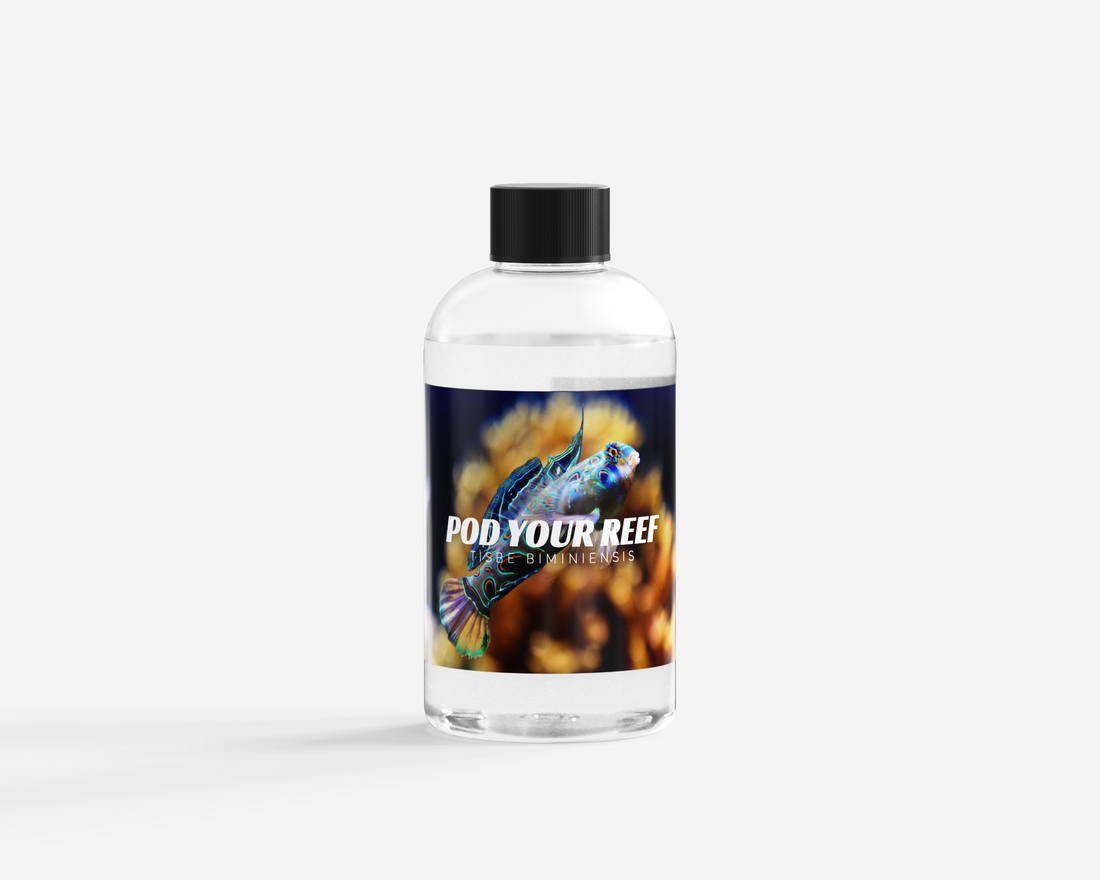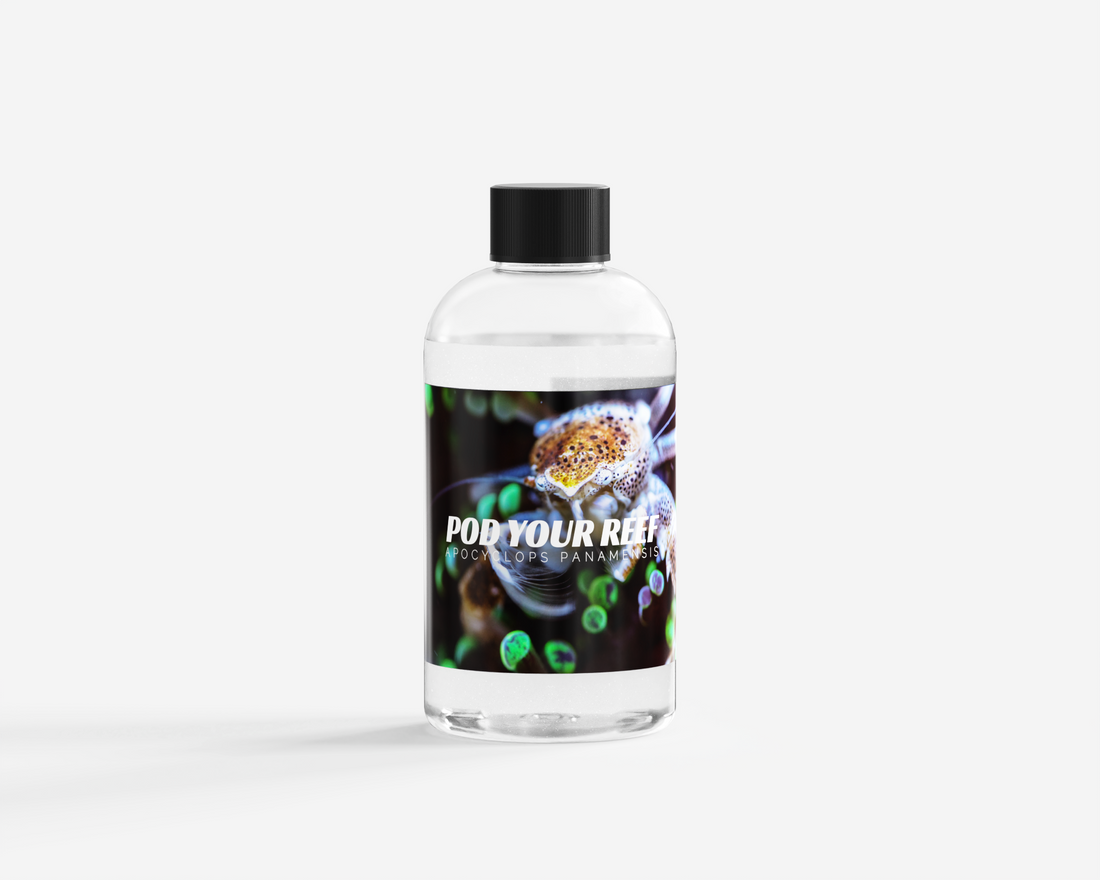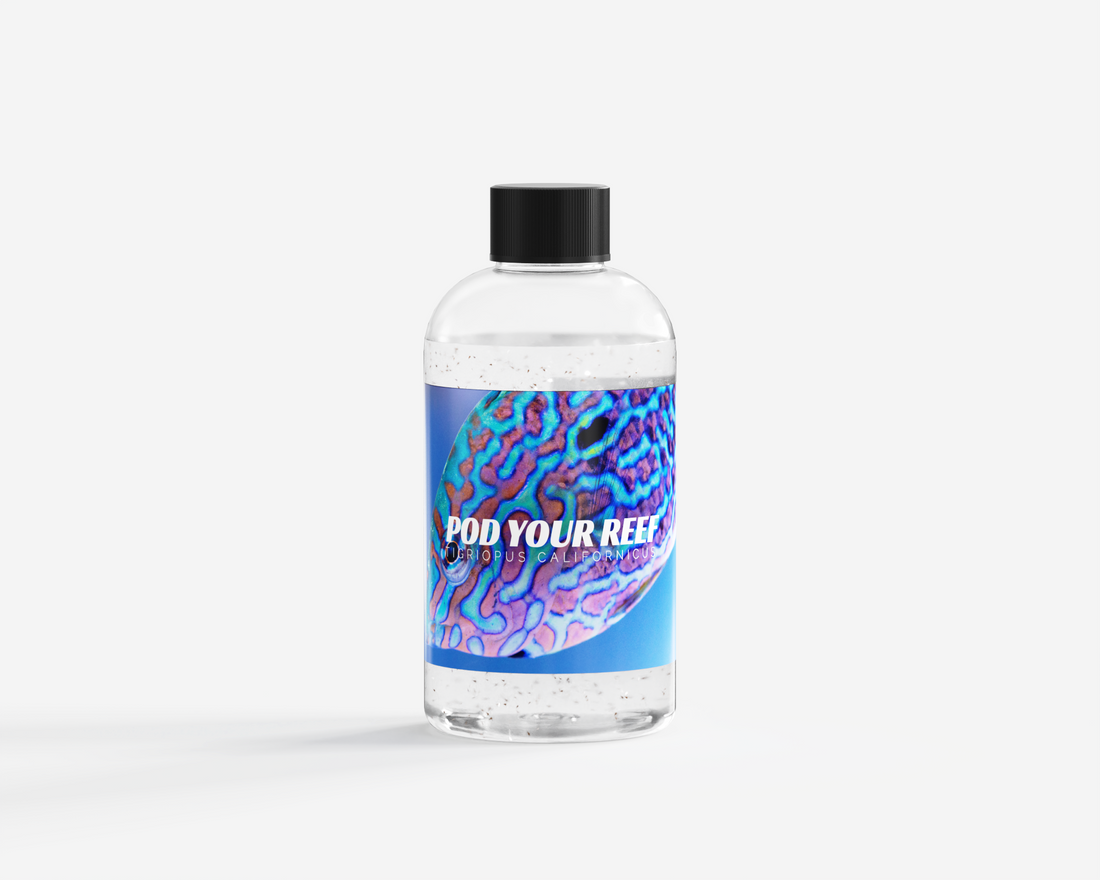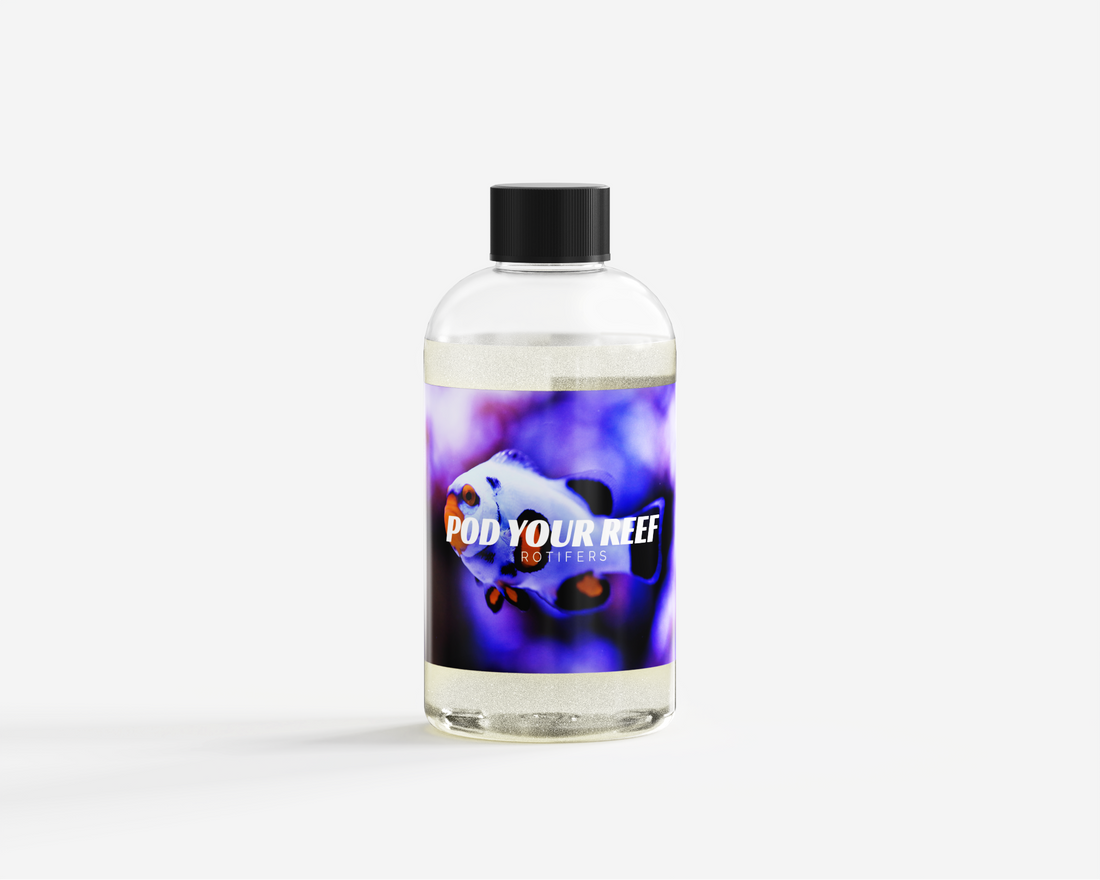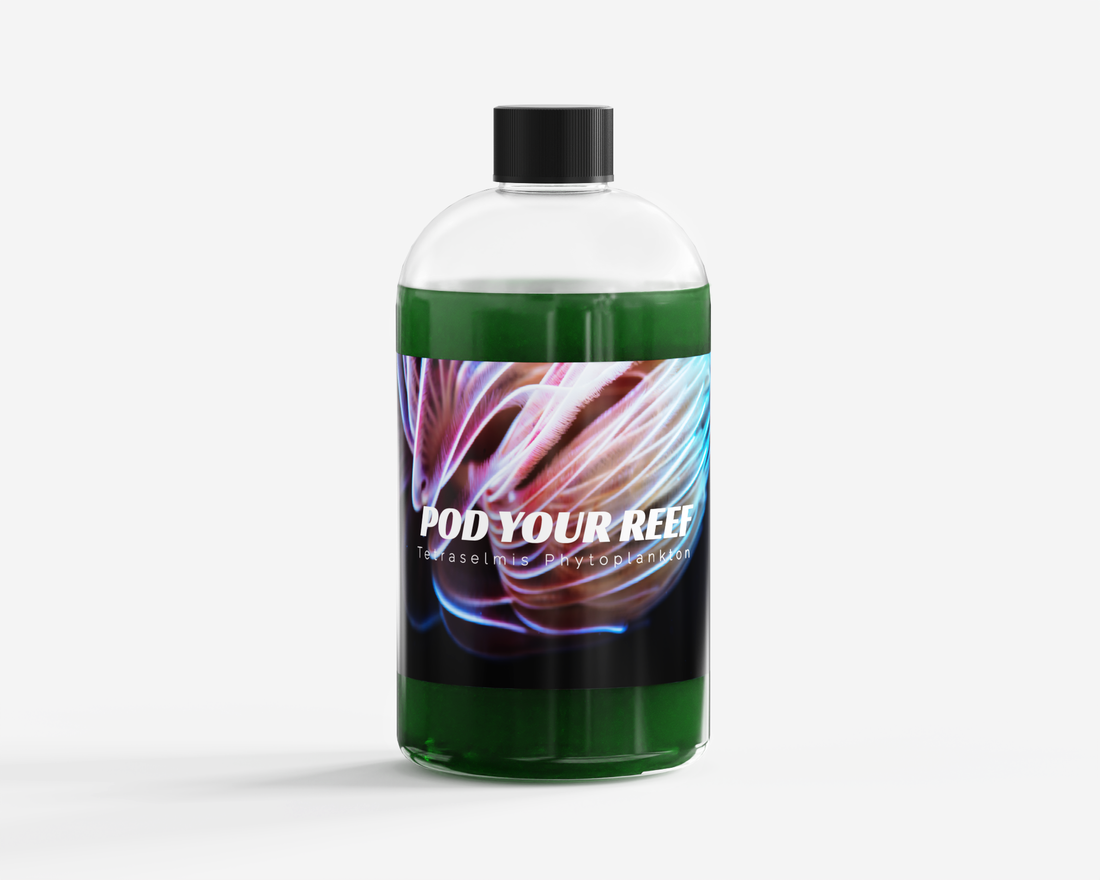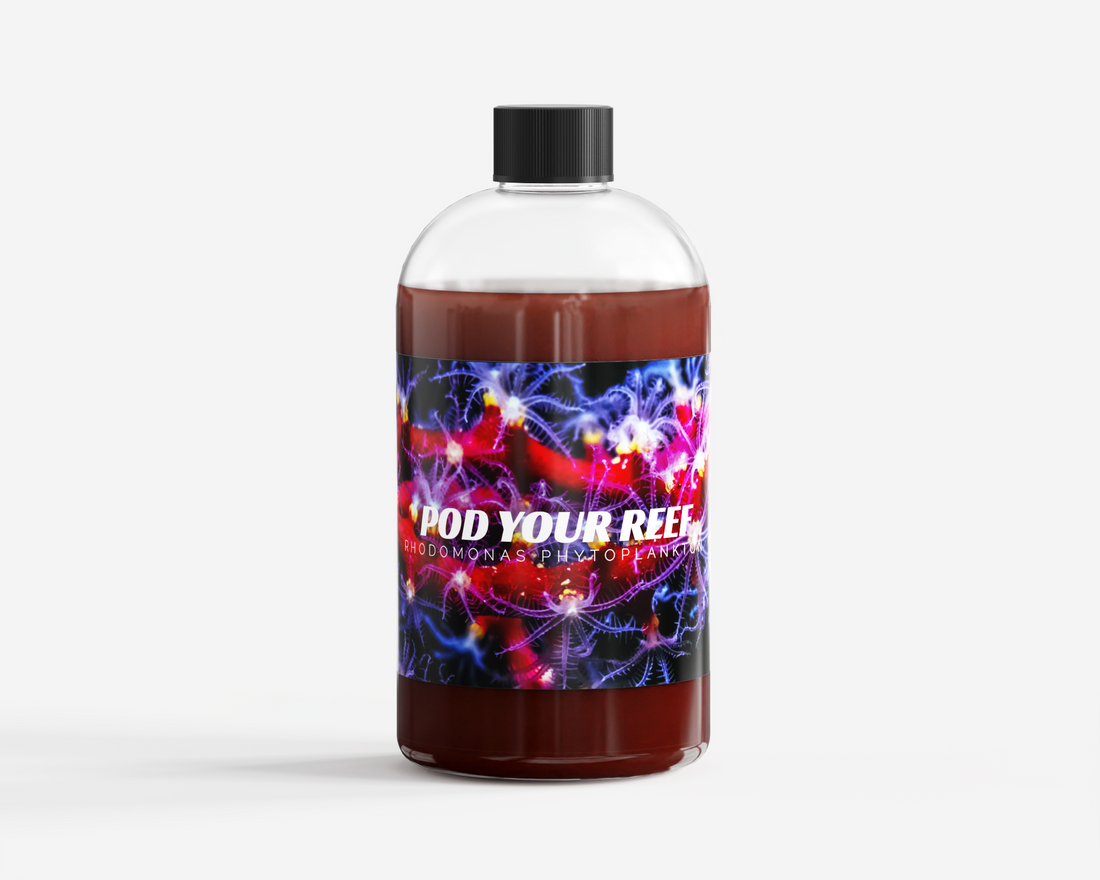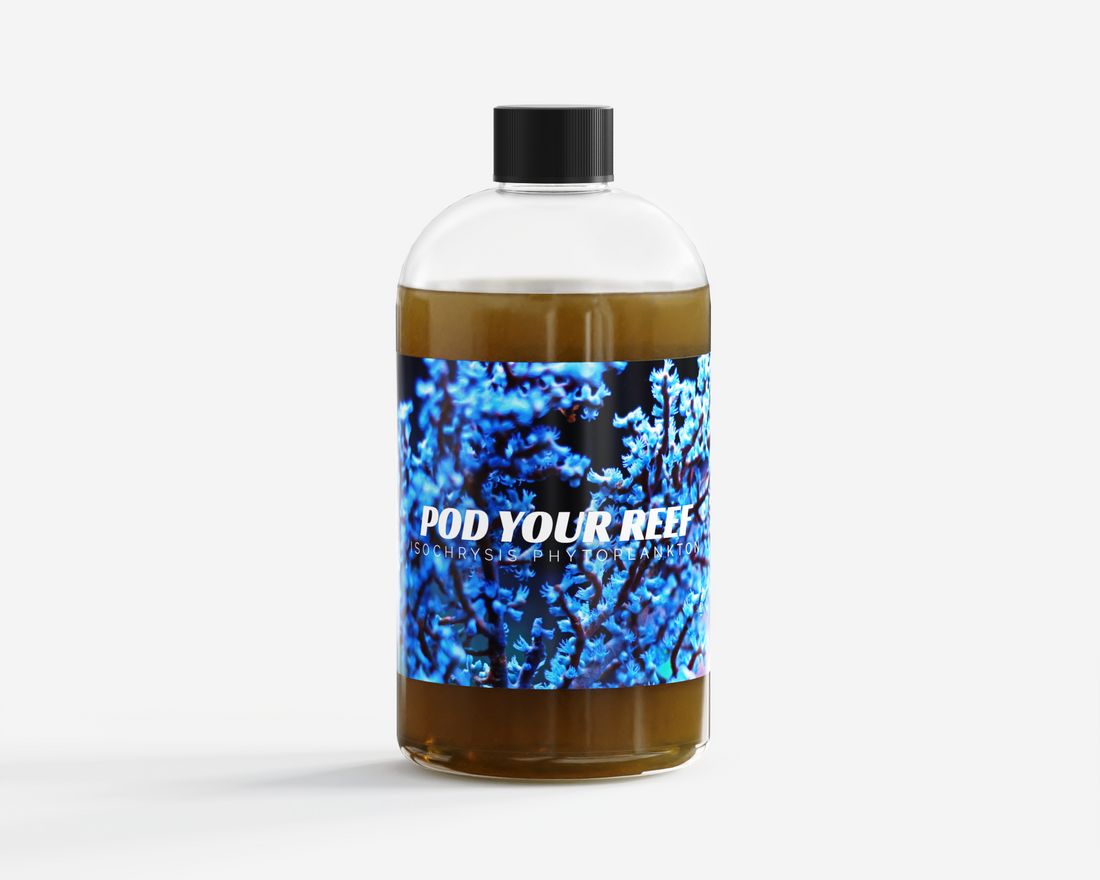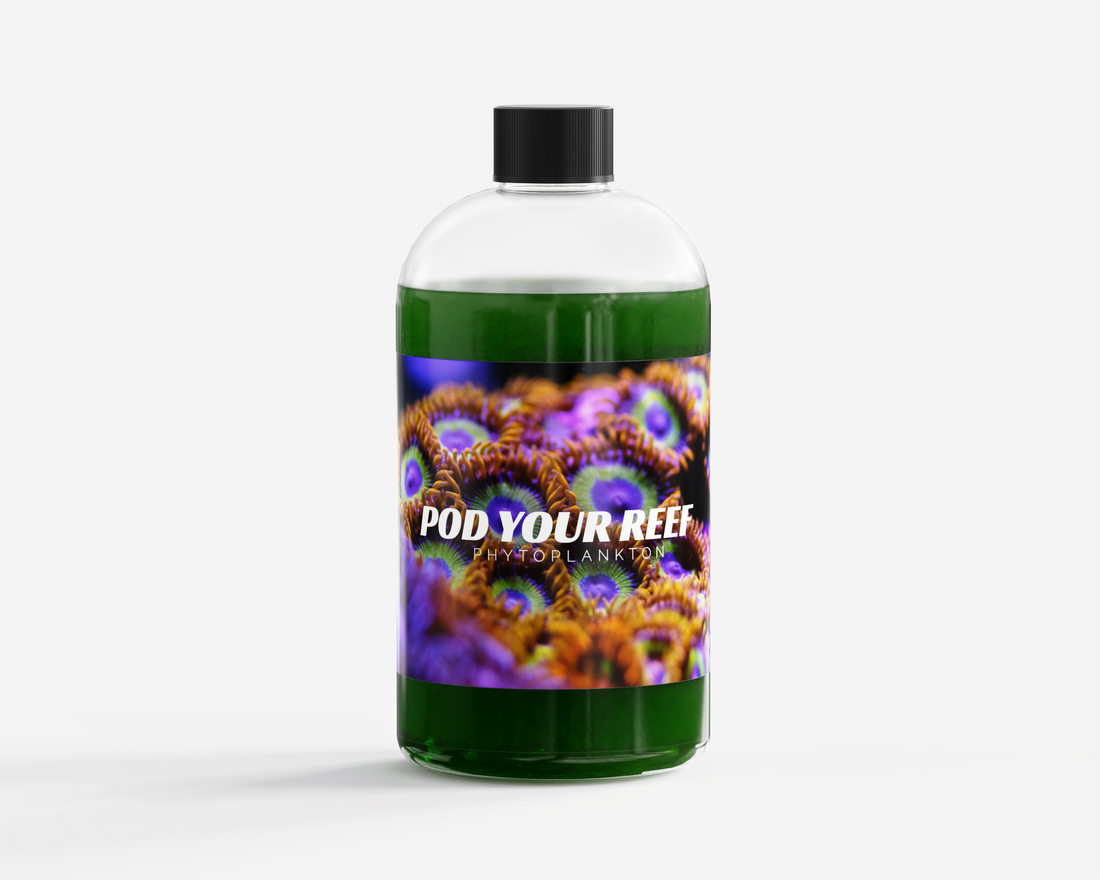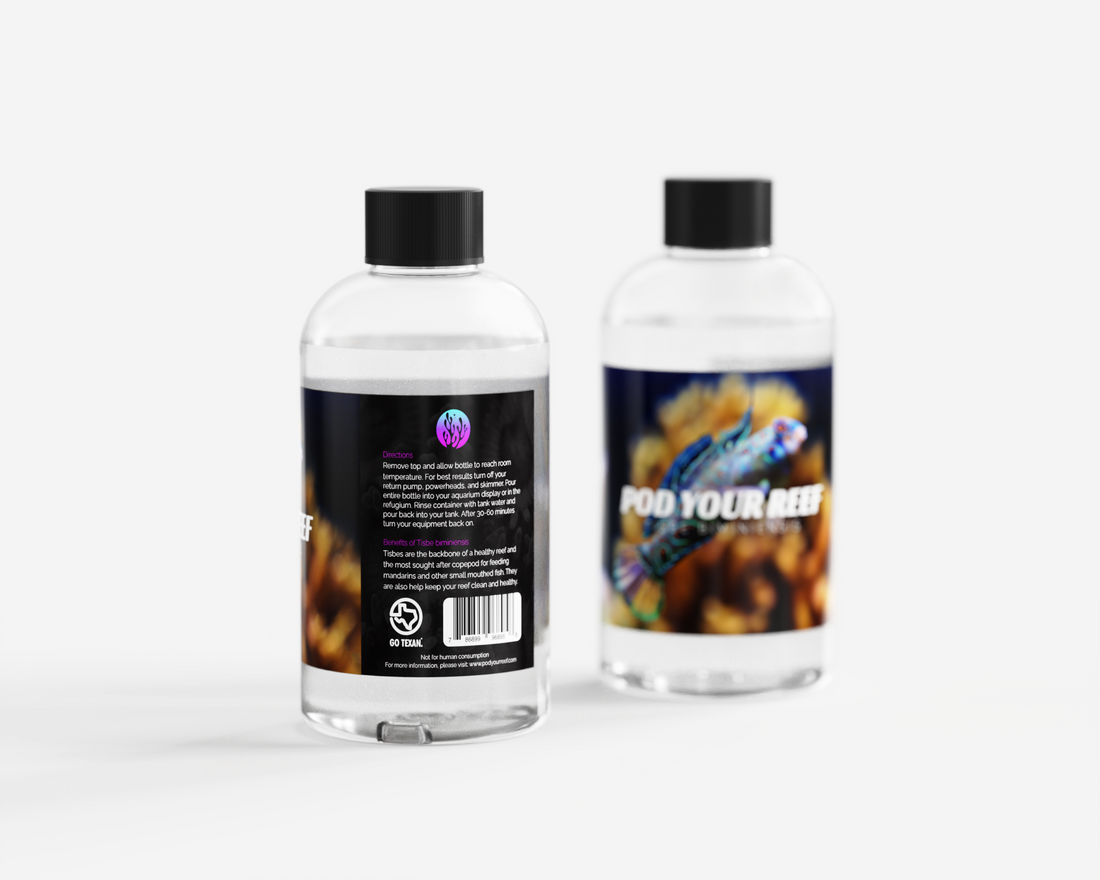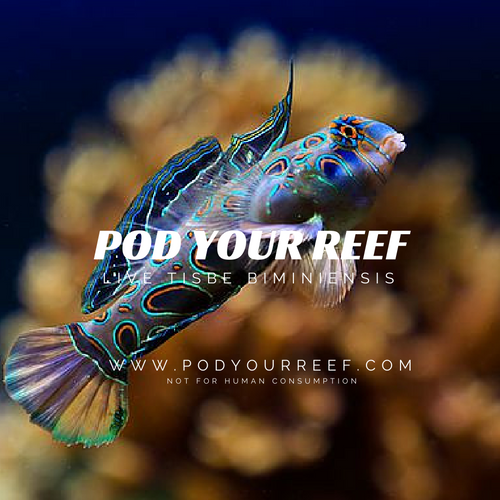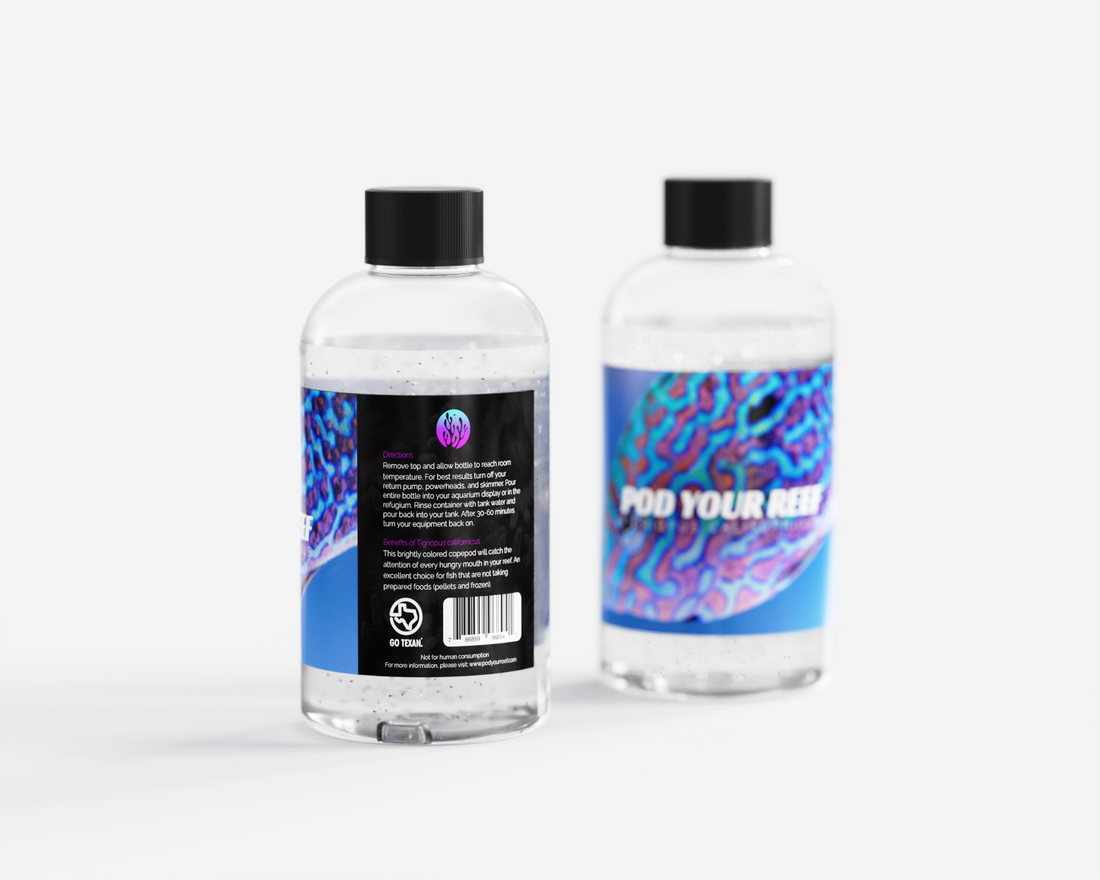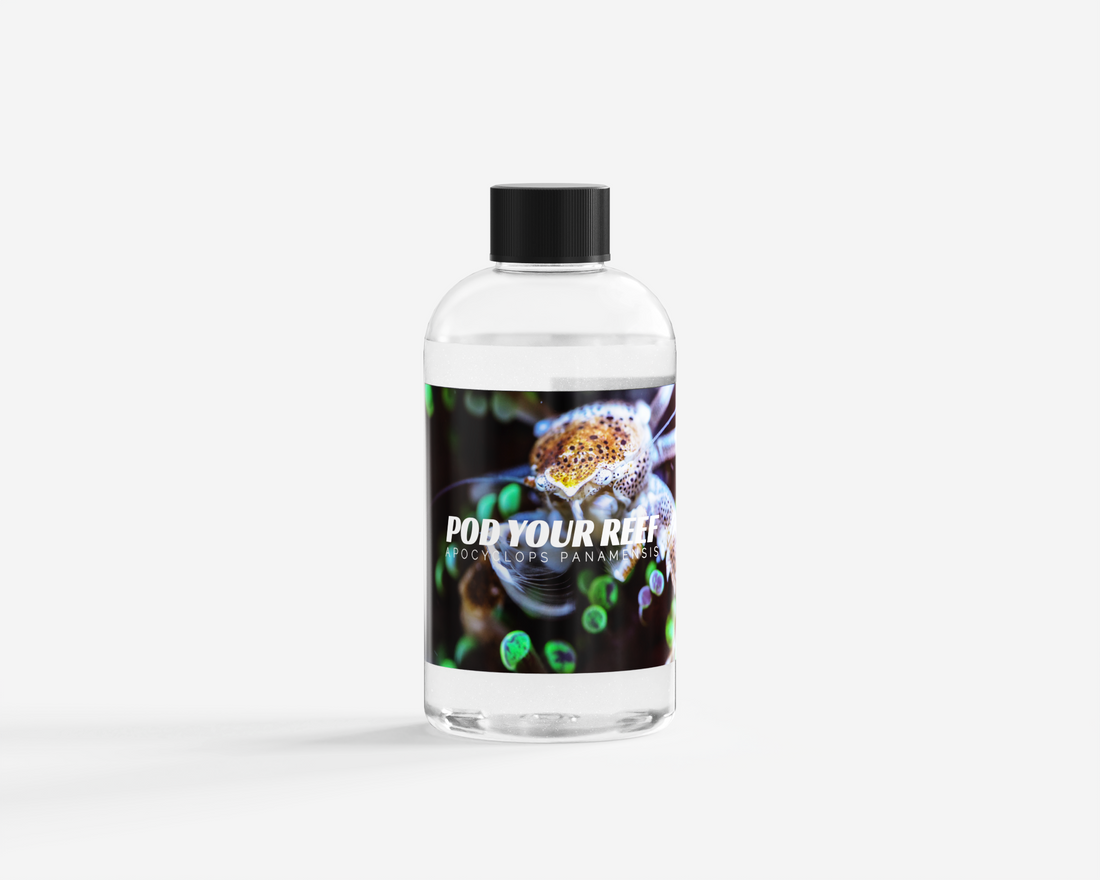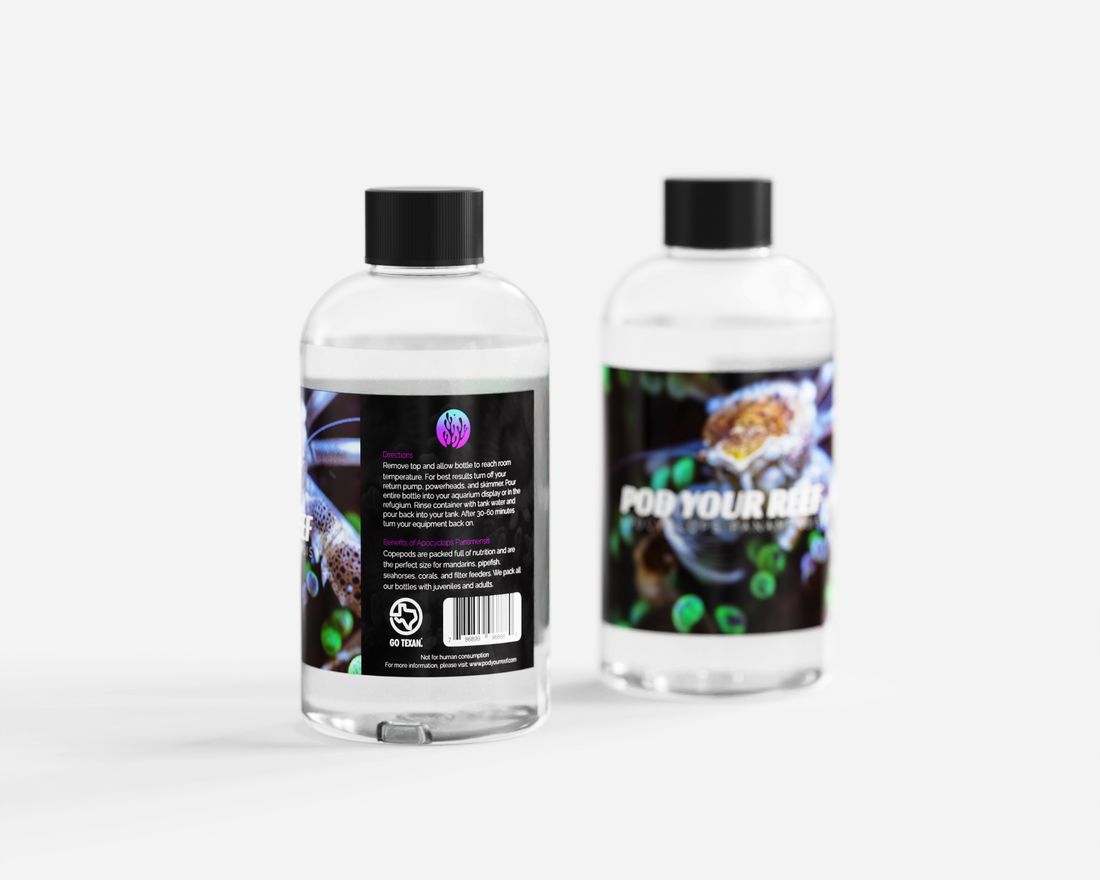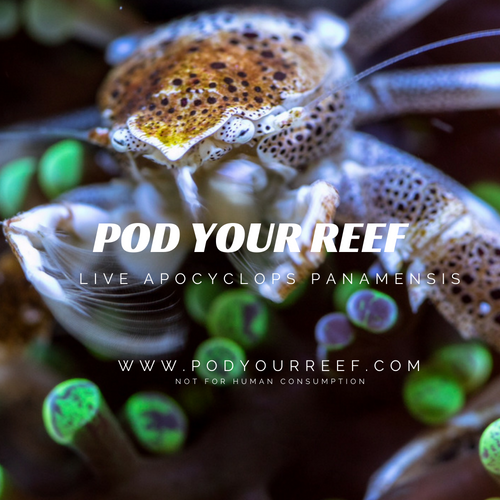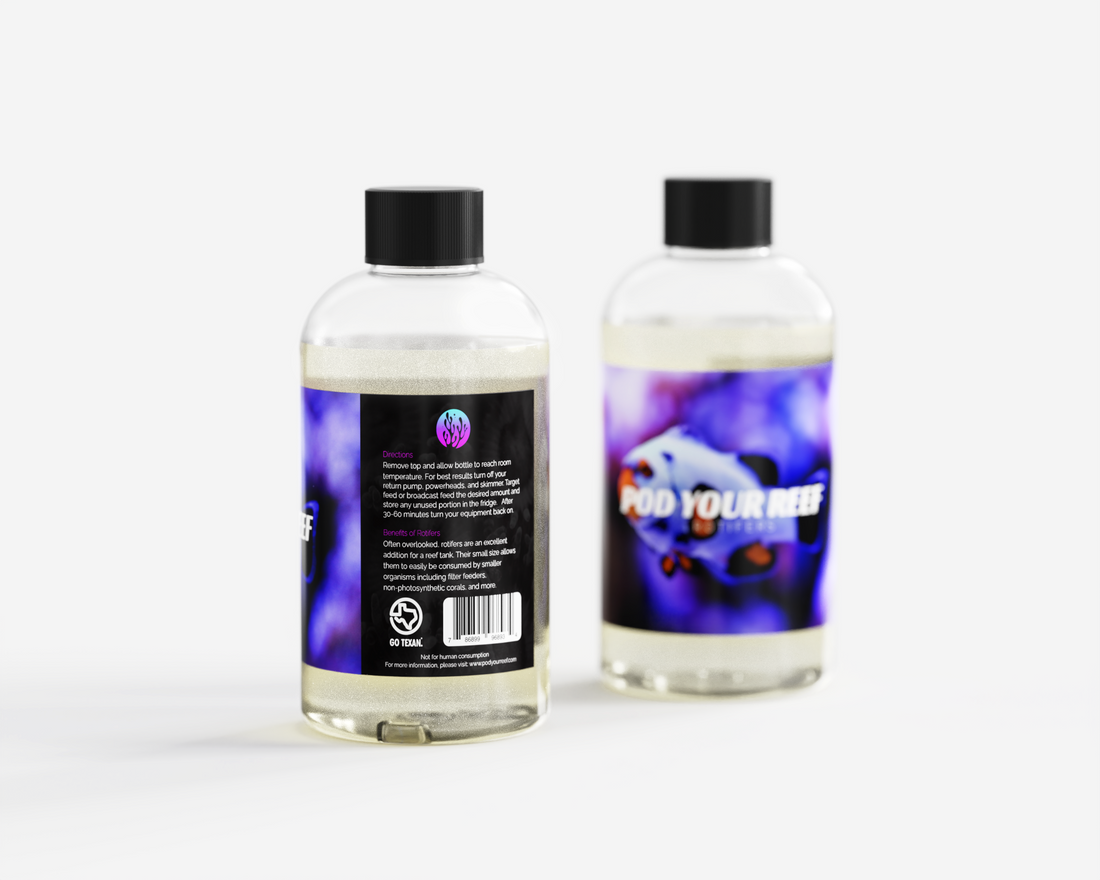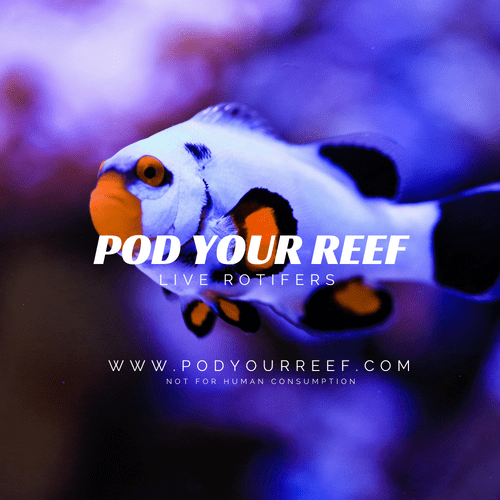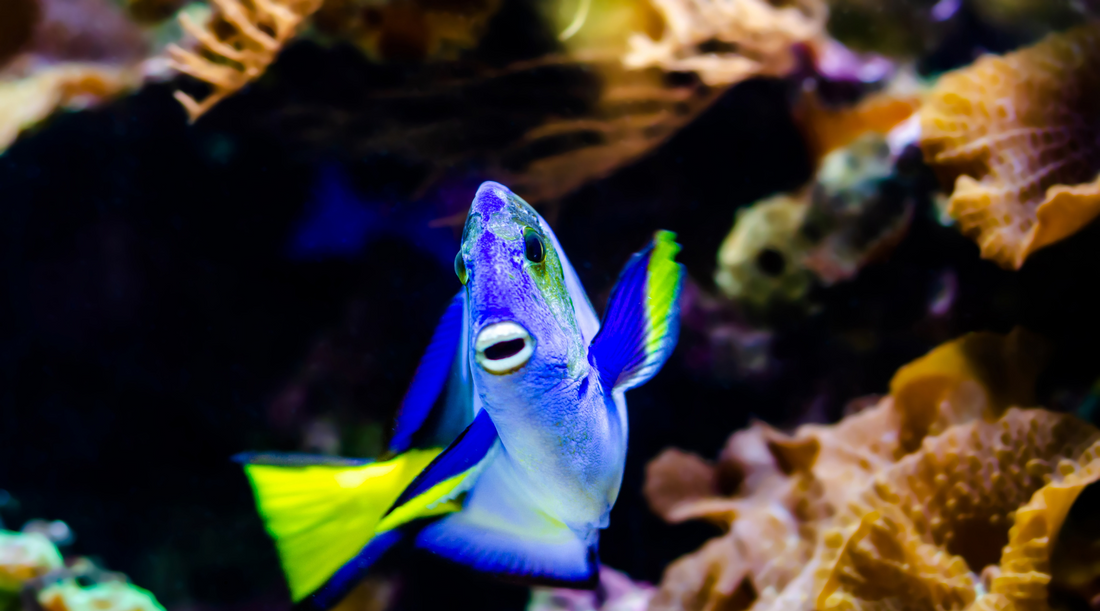
Care
Optimizing Marine Fish Health: Addressing Lateral Line Disease in Your Aquarium
Optimizing Marine Fish Health: Addressing Lateral Line Disease in Your Aquarium
Introduction
Lateral line disease (LLD), also known as head and lateral line erosion (HLLE), is a prevalent condition affecting marine fish, characterized by lesions and erosions along the lateral line and head regions. This condition is not only a significant concern for aquarists and fishery managers but also poses a challenge for marine biologists and veterinarians due to its complex etiology and multifactorial nature. This review aims to provide a comprehensive examination of LLD, delving into its clinical manifestations, potential causes, and current understanding based on recent scientific literature.
Clinical Manifestations
LLD is primarily identified by the progressive development of pits or lesions along the lateral line and head of affected fish. These lesions can vary in severity, from mild superficial pits to deep, ulcerative lesions that can compromise the health and aesthetics of the fish. Common symptoms associated with LLD include:
- Erosions and lesions: Visible pits or ulcerative areas along the lateral line and head regions.
- Behavioral changes: Affected fish may exhibit lethargy, decreased appetite, and abnormal swimming patterns.
- Secondary infections: Open lesions can become sites for opportunistic bacterial and fungal infections, exacerbating the condition.
Prevalence in Marine Ornamental Fish
LLD is particularly prevalent in marine ornamental fish, which are commonly kept in reef tanks by hobbyists. Species such as tangs (Acanthuridae), angelfish (Pomacanthidae), and certain species of wrasses (Labridae) are especially susceptible to this condition. The stressors associated with captivity, including dietary deficiencies and suboptimal water quality, contribute to the higher incidence of LLD in these ornamental species.
Etiological Factors
The etiology of LLD is multifactorial, with several potential contributing factors identified in the literature. These include nutritional deficiencies, poor water quality, and parasitic infections.
Nutritional Deficiencies
One of the most extensively studied aspects of LLD etiology is the role of nutrition. Deficiencies in certain vitamins and minerals, particularly vitamin C (ascorbic acid) and vitamin A, have been linked to the development of LLD. Studies have shown that fish fed diets deficient in these essential nutrients exhibit a higher incidence of LLD, suggesting that proper nutrition is crucial for maintaining the integrity of the lateral line system.
To address these deficiencies, the use of live feeds has shown promise in improving the nutritional profile of the diet provided to marine ornamental fish. Live feeds such as phytoplanktons (e.g., Tetraselmis chui, Isochrysis galbana, Rhodomonas) and live copepods (e.g., Tisbe biminiensis, Tigriopus californicus, Apocyclops panamensis) are rich in essential nutrients and can enhance the overall health of the fish. These live feeds offer a natural and balanced diet that can help mitigate the nutritional deficiencies associated with LLD.
Water Quality
Poor water quality, including elevated levels of nitrates, ammonia, and heavy metals, has been implicated in the development of LLD. Suboptimal water conditions can stress fish, weakening their immune systems and making them more susceptible to diseases, including LLD. Maintaining optimal water quality parameters is therefore essential for preventing the onset and progression of LLD.
Use of Activated Carbon Filtration
Many hobbyists rely on activated carbon for filtration in reef tanks to maintain water clarity and remove impurities. However, recent studies suggest that prolonged use of activated carbon can increase the prevalence of LLD in marine ornamental fish. The exact mechanism is not fully understood, but it is hypothesized that activated carbon might strip essential trace elements from the water or contribute to chemical imbalances that stress fish and make them more susceptible to LLD.
Parasitic Infections
Parasitic infections, particularly by protozoans such as Hexamita spp., have been associated with LLD. These parasites can cause significant tissue damage and inflammation, contributing to the characteristic lesions of LLD. Research has indicated that treating affected fish with antiparasitic medications can help alleviate symptoms, further supporting the role of parasitic infections in the disease's etiology.
Pathophysiology
The pathophysiology of LLD involves a complex interplay of the identified etiological factors, leading to the degradation of the lateral line and head tissues. Nutritional deficiencies can impair collagen synthesis and wound healing, while poor water quality can exacerbate stress and immunosuppression. Parasitic infections directly damage tissues and elicit inflammatory responses, which can further degrade the affected areas.
Prevention and Management
Preventing and managing LLD requires a multifaceted approach addressing all potential contributing factors:
- Optimal Nutrition: Ensuring a balanced diet rich in essential vitamins and minerals is critical. Supplementation with vitamin C and A has been shown to reduce the incidence of LLD in susceptible species. Incorporating live feeds such as phytoplanktons (Tetraselmis chui, Isochrysis galbana, Rhodomonas) and live copepods (Tisbe biminiensis, Tigriopus californicus, Apocyclops panamensis) can significantly enhance the nutritional quality of the diet.
- Water Quality Management: Regular monitoring and maintenance of water quality parameters, including nitrates, ammonia, and heavy metals, are vital for preventing environmental stress.
- Control of Activated Carbon Usage: Limiting the use of activated carbon and exploring alternative filtration methods can help reduce the prevalence of LLD. Regularly replacing activated carbon to prevent it from leaching absorbed substances back into the water is also recommended.
- Parasite Control: Implementing routine parasite control measures, such as quarantine procedures and prophylactic treatments, can help reduce the risk of parasitic infections contributing to LLD.
- Use of Water Flocculants: Water flocculants, which help aggregate suspended particles for easier removal, can improve water clarity and quality, thereby reducing the likelihood of LLD. Pod Your Reef Clarify can help mitigate the adverse effects of particulate matter on fish health while reproducing the same crystal clear water that carbon produces.
Conclusion
Lateral line disease is a multifactorial condition that poses significant challenges for marine fish health. Understanding the interplay of nutritional deficiencies, water quality, activated carbon use, and parasitic infections is crucial for effective prevention and management. Continued research is essential to further elucidate the mechanisms underlying LLD and develop more targeted intervention strategies.

